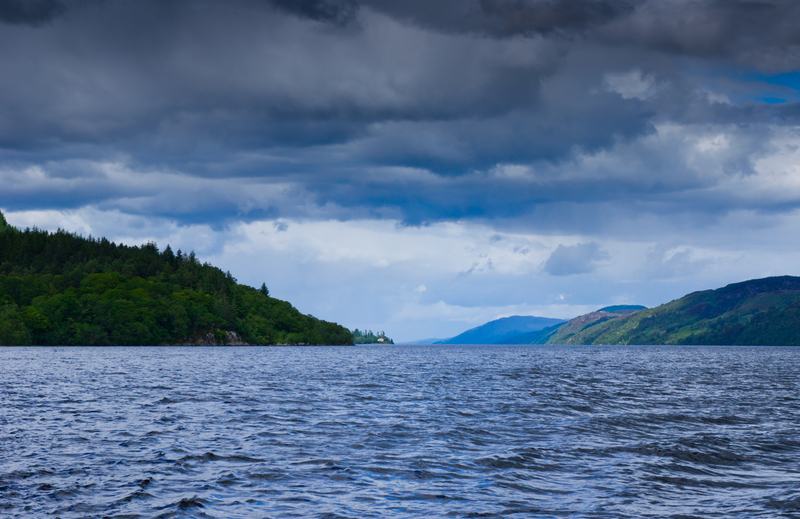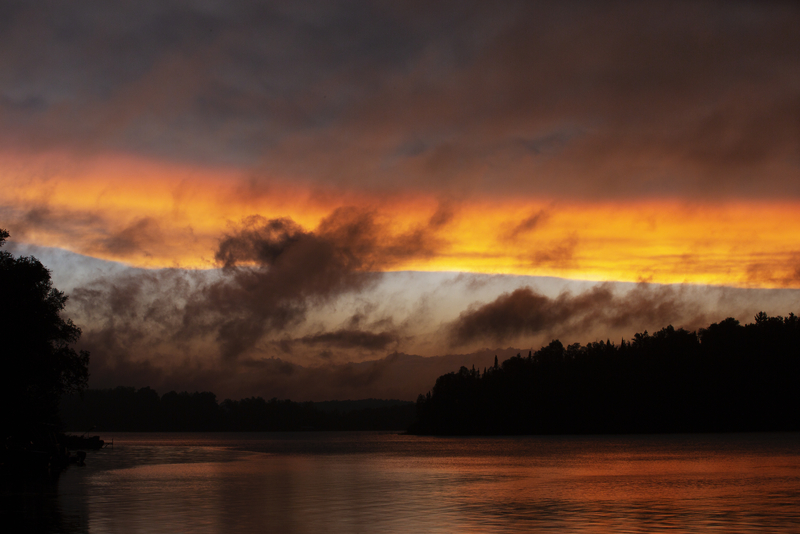After nearly a week of destruction, Hurricane Irma is expected to travel through northern Florida and Georgia this Monday. The National Hurricane Center (NHC) officially downgraded it to a Category 1 storm (read what that means here) Monday morning. Though this is still a mighty storm, it does mean that Irma is finally beginning to weaken to a point where most structures can withstand its winds.
People wading through high waters after Irma hit south Florida. (Getty Embed)
Sadly in so many other places, the damage has already been done.
When we wrote about Irma last week, predictions were that it could be an extremely powerful hurricane. It ended up being one of the largest and most powerful storms ever recorded. And while south Florida received it Saturday and Sunday as a monstrous Category 4 storm with 210 km/h (130 mph) winds, the Caribbean saw something even worse.
Many Caribbean islands devastated
Boats tossed together by Irma in St. Martin. (Getty Embed)
Hurricane Irma spent most of Tuesday to Friday as a Category 5 hurricane, with winds hitting 297 km/h (185 mph). Experts have stated that the storm would've likely been a Category 6...if the scale went that high. Even by the weekend, when it first arrived at Cuba, Irma was exceptionally strong, staying at Category 5.
Irma flattened homes and other buildings across the Caribbean. (Getty Embed)
What did this intensity mean for tiny islands directly in Irma's path, such as St. Martin, Antigua and Barbuda, the U.S. and British Virgin Islands, Turks and Caicos, and Anguilla? In a day, they were transformed from ocean paradises to wastelands. Trees were blown over, buildings crushed to their foundations, roads left full of debris, boats shoved into each other and up on land, and floods everywhere. Power was knocked out to millions, and fresh water was in short supply.
Looking forward
Firefighters giving out water in St. Martin. (Getty Embed)
So is there anything positive to take from Irma's rampage?
Thanks to advance warnings, deaths were lower than many feared. But the task of rebuilding and repairing these islands will take a very long time. For example, St. Martin was reporting that as much as 70% of homes were destroyed by the hurricane.
It is also true that sometimes disasters bring much needed change. Last week, we wrote about how the 1985 Mexico earthquake brought about much-needed change to how buildings were constructed in the country. This may have helped more Mexican buildings stay intact during last Thursday's quake, even though it was more powerful than the 1985 event.
Perhaps Irma can push local governments to improve the quality of their construction and infrastructure (the systems that keep a country working) so that they can better withstand powerful hurricanes.
Coming together
Giant cruise ships such as these are being used to rescue refugees of Hurricane Irma. (Getty Embed)
In the meantime, today the Caribbean does have some genuinely positive stories.
For one, Hurricane Jose, a second storm that many feared would follow behind Irma and hit these islands again, turned and headed north away from the Caribbean.
And many people are coming to the aid of those in need. Puerto Rico was expected to get hit hard by Irma. Instead, it was mostly grazed by the storm. Though this storm still left its own damage to their home, Puerto Ricans knew that they were lucky. Dozens of everyday people used their private boats to sail to neighbouring islands in need. They brought food, water, clothing, and supplies. Some people even brought now-homeless refugees back with them to Puerto Rico.
The cruise line Royal Caribbean has also sent two cruise ships to rescue refugees on St. Martin and St. Thomas, one of the U.S. Virgin Islands. These ships can carry a total of 6,600 passengers to safety. And giant C130 aircraft have been bringing hundreds people to hospitals in Puerto Rico.
 Hurricane Irma has reached northern Florida. Thankfully, Hurricane Jose has avoided the Caribbean and is heading north into the open ocean. (Courtesy of NOAA National Hurricane Center)
Hurricane Irma has reached northern Florida. Thankfully, Hurricane Jose has avoided the Caribbean and is heading north into the open ocean. (Courtesy of NOAA National Hurricane Center)










Wow. What amazing people to help others get to safety. 😆
Wow what amazing peaple to help other to get to safty
Wow. Just Wow. 🙁 🙁